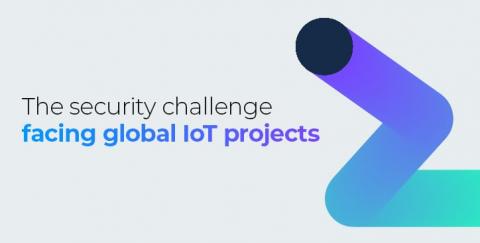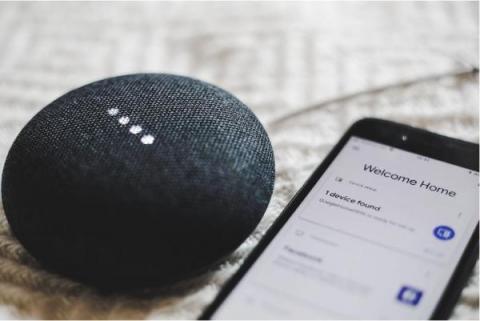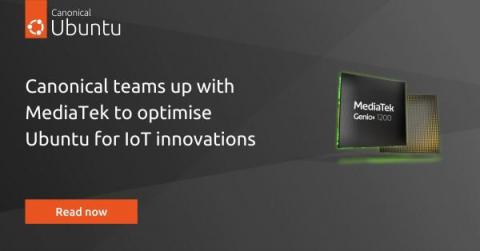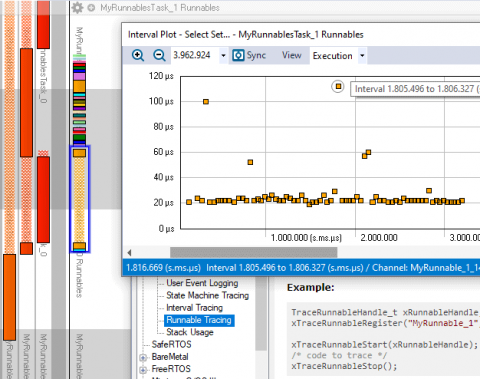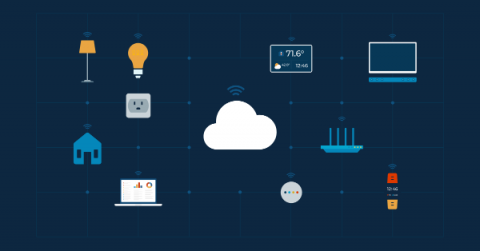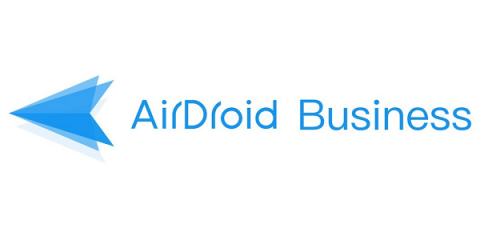3 reasons why OTA updates are important [Part II]
Devices are everywhere but they all need maintenance. Maintaining household gadgets such as laptops, printers and smart watches has become easier over the years as update technology evolves. Today, users do not have to even think about updates – they can seamlessly take place in the background or overnight. These updates take place over-the-air (OTA) and have revolutionised the way that we keep hardware, software or firmware maintained.





